Epidemiology Assignment 1: Disease Patterns and Public Health
VerifiedAdded on 2023/06/05
|7
|559
|293
Homework Assignment
AI Summary
This solved epidemiology assignment covers a range of essential topics, including the definition of epidemiology, disease patterns (endemic, epidemic), research question formulation, causal diagrams, and the concept of temporal relationships in establishing causality. It addresses confounders, years of potential life lost, and calculations of incidence and prevalence rates. The assignment also explores a study on cancer incidence and prevalence in patients with type 2 diabetes, identifying potential confounders and methods for adjustment. Furthermore, it delves into cumulative incidence rates and person-time incidence rates, with considerations for study population criteria. The assignment concludes with true/false statements related to epidemiological principles. Desklib offers a wealth of similar solved assignments and study resources for students.
1 out of 7

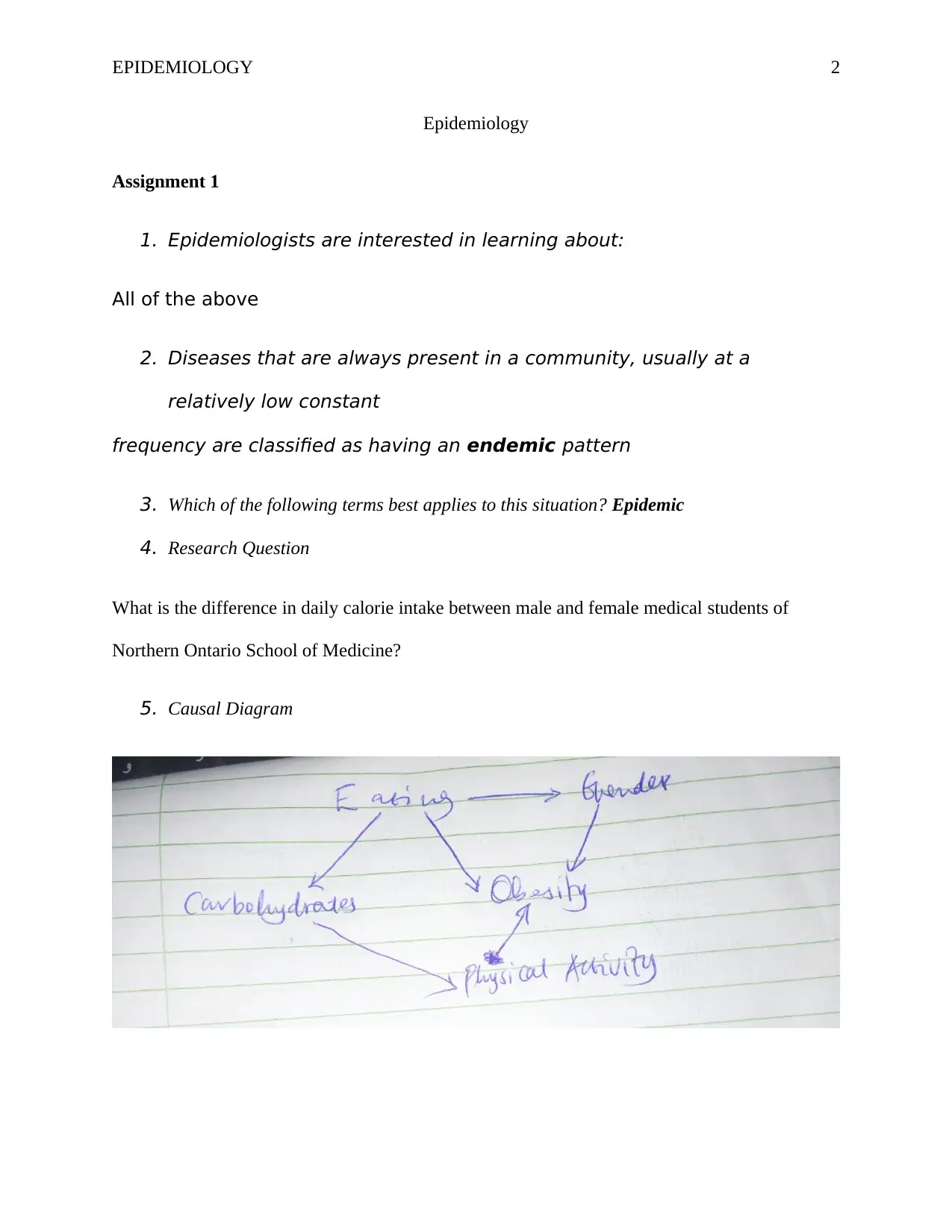
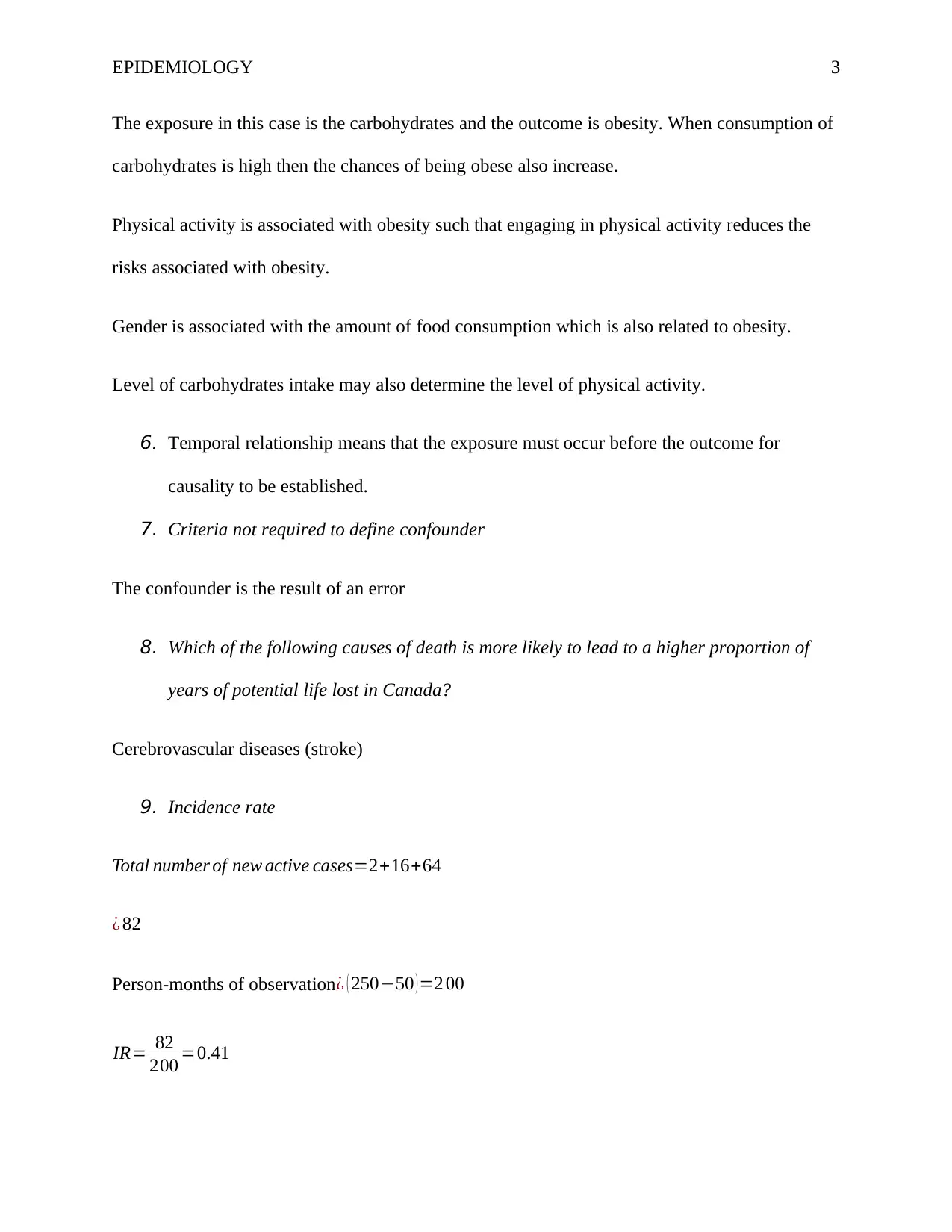

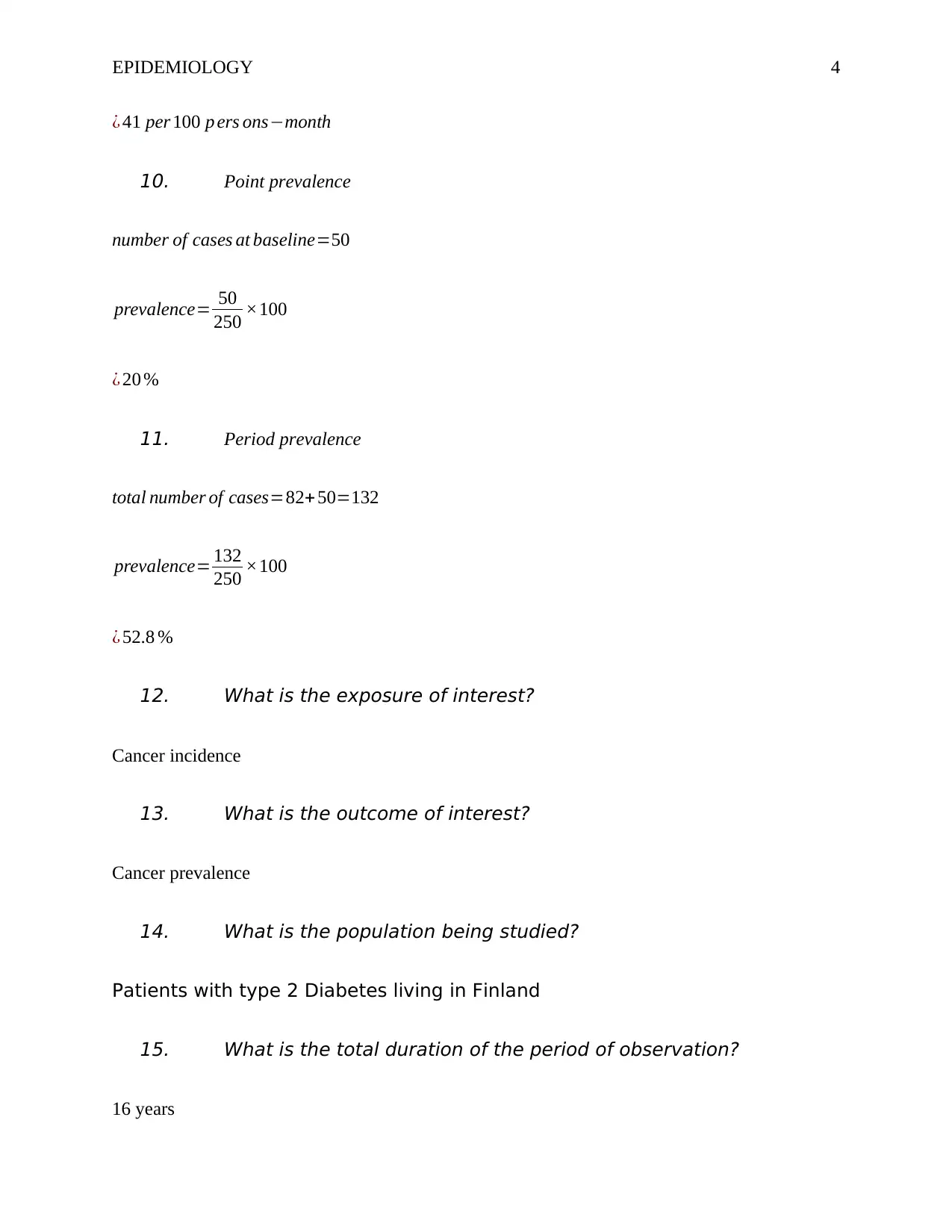
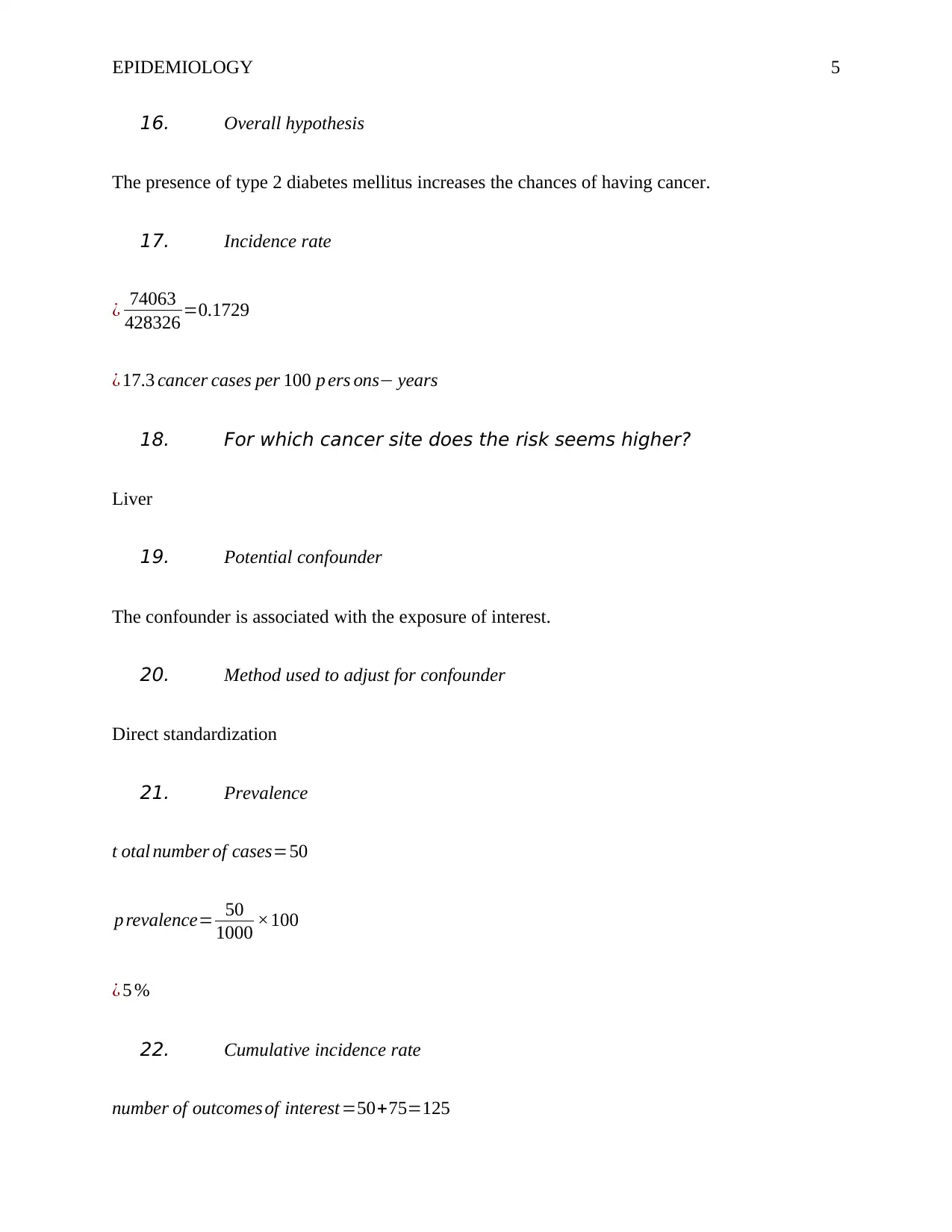
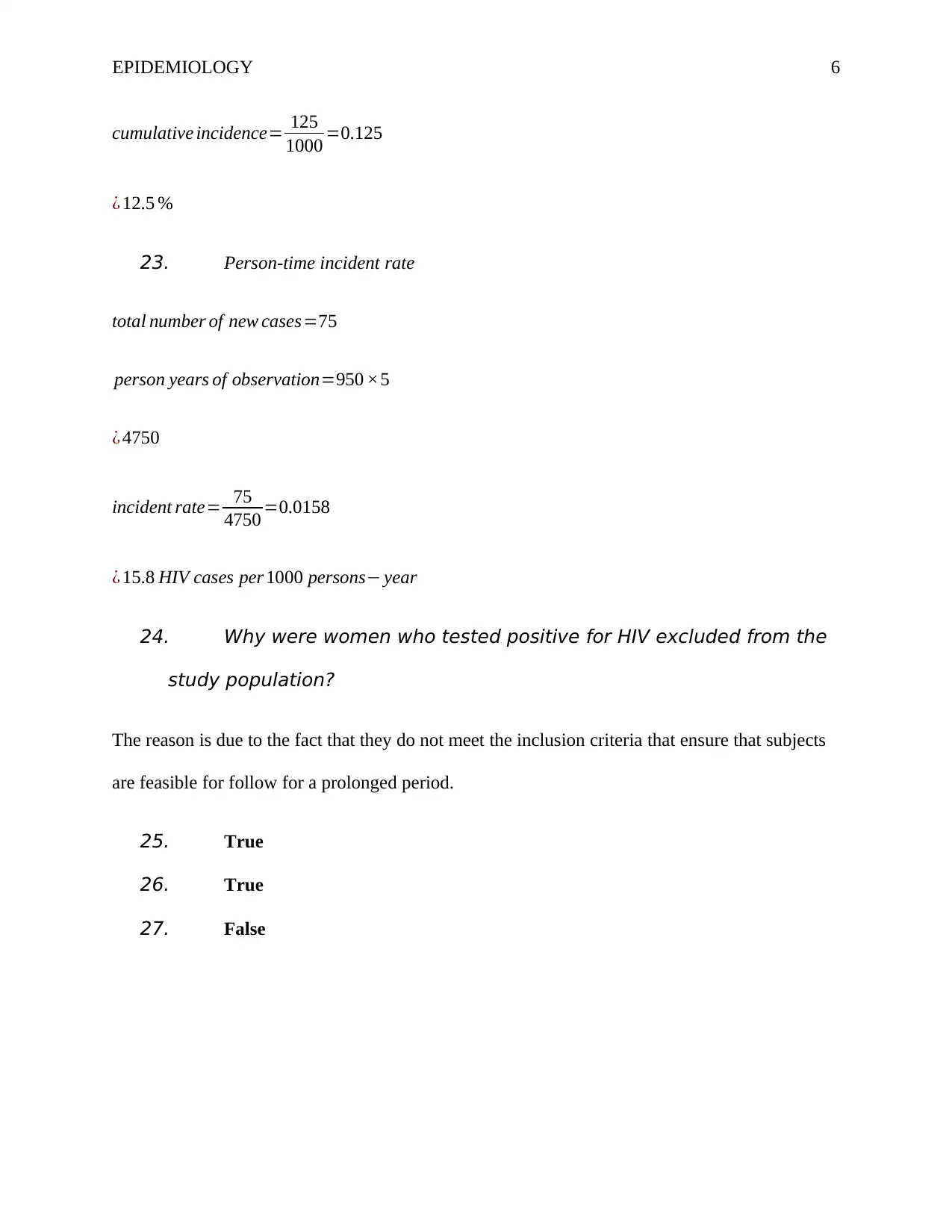





![[object Object]](/_next/static/media/star-bottom.7253800d.svg)